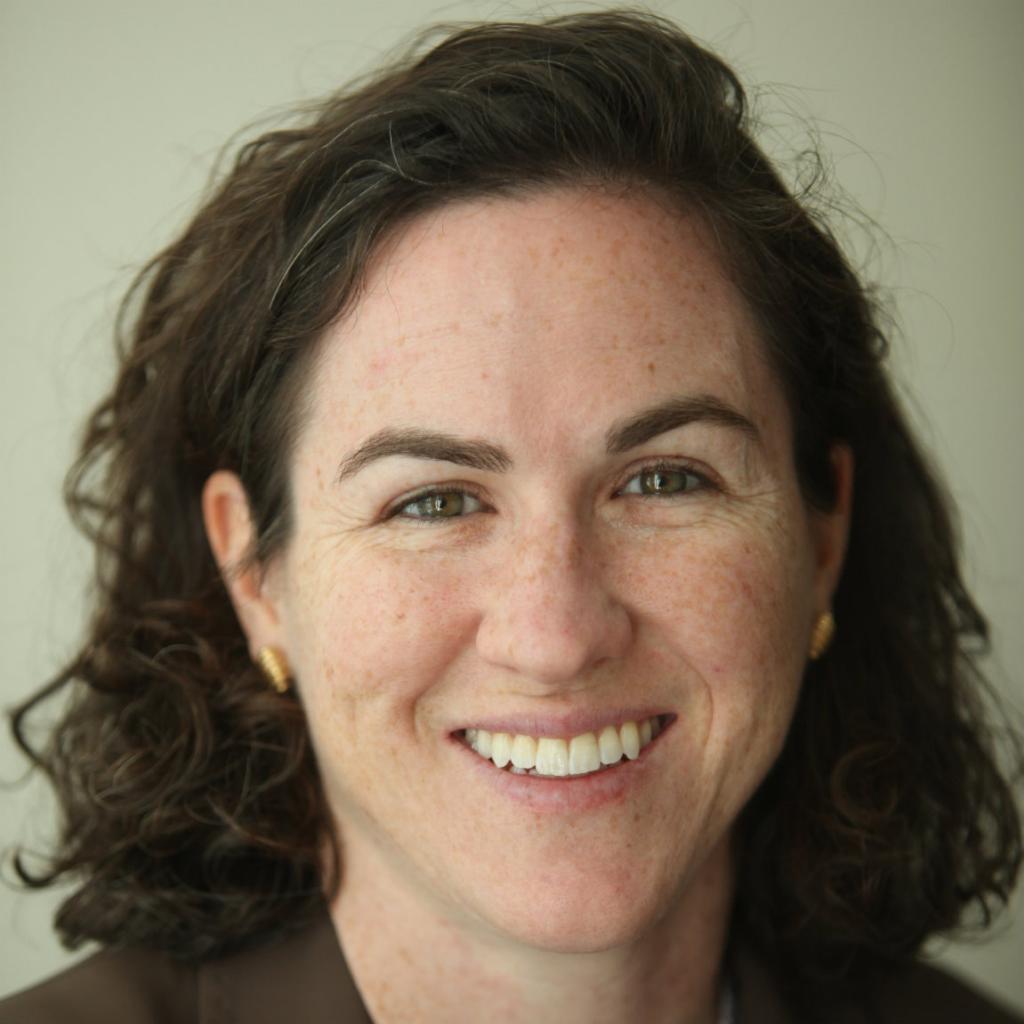The U.N. Charter and Safe Zones in Syria
Yesterday President Trump spoke to leaders in Saudi Arabia and the United Arab Emirates about the creation of “safe zones”—areas of protection for individuals displaced by the conflicts in Syria and perhaps also in Yemen.
Published by The Lawfare Institute
in Cooperation With

Yesterday President Trump spoke to leaders in Saudi Arabia and the United Arab Emirates about the creation of “safe zones”—areas of protection for individuals displaced by the conflicts in Syria and perhaps also in Yemen. According to Politico, President Trump “requested, and the [Saudi] king agreed to support, safe zones in Syria and Yemen.”
There are of course very powerful reasons to want to help protect the many thousands of civilians who are suffering from the internal armed conflicts in Syria (and Yemen). Nevertheless, the hurdles to creating “safe zones” are significant. Some already have identified policy resistance within the Defense Department, which the White House has ordered (along with the State Department) to produce a plan for safe zones by the end of April. Lawmakers also likely are not enthused about deploying more U.S. troops on the ground in the Middle East, something a safe zone likely would entail. Yet others have worked through how international humanitarian law treats safe zones and raised a variety of practical questions to ask and resolve before deciding whether and how to proceed.
But none of these actors have noted the serious problem that could arise under the U.N. Charter if the United States or other states tried to establish these safe zones inside Syria without Assad’s consent. I wrote about this previously when the idea of creating a “buffer zone” over a part of northern Syria was on the table in 2014. If the basic idea this time around is to take over a small part of Syria’s territory to create a protected zone into which refugees could come and be safe from the violence, the states creating the safe zone will almost surely run afoul of the prohibition on the use of force under Charter article 2(4) unless they have Assad’s consent. Taking control of part of another state’s territory in this context—even for purely humanitarian purposes—is very difficult to justify under a self-defense theory, particularly where the safe zone is not immediately adjacent to the fighting with ISIS. And although the U.N. Security Council conceivably could decide to establish such a zone under Chapter VII over Assad’s objection, Russia surely would veto such a resolution.
Thus, those crafting options for the President should push hard for plans that either create safe zones consensually on the territory of Syria’s neighbors (e.g., Turkey) or that extract consent for the zones from Assad (with the strong urging of Russia, perhaps). Indeed, Russian Foreign Minister Lavrov has said that safe zones might be possible, but only with Assad’s consent. The United States should pursue one of these alternate avenues rather than trying to establish a safe zone in Syria without such consent.





